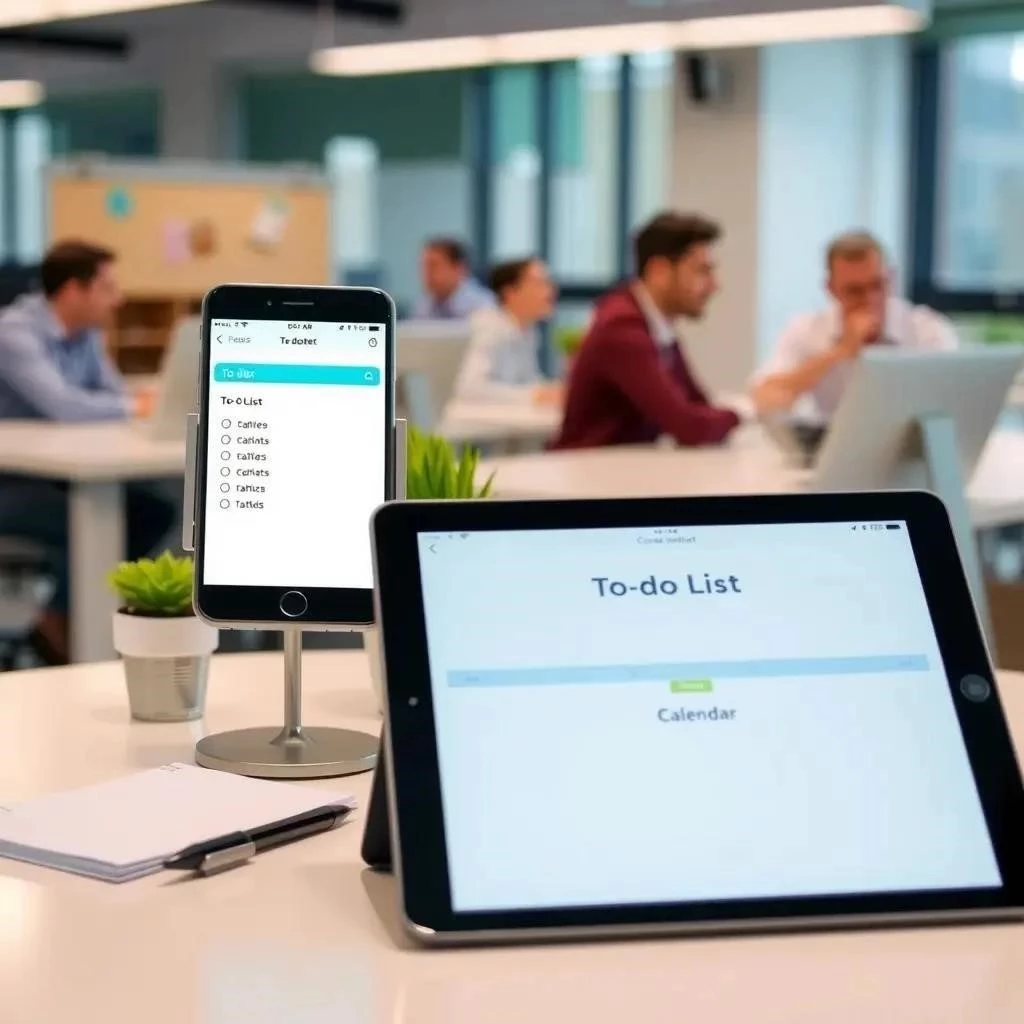In today’s interconnected world, the threat of cybercrime looms large, with phishing attacks becoming increasingly sophisticated and prevalent․ The digital landscape is a minefield for unsuspecting users, and understanding how to defend your data is no longer optional, but a crucial necessity․ Phishing, a deceptive practice where malicious actors attempt to obtain sensitive information like usernames, passwords, and credit card details by disguising themselves as trustworthy entities, can have devastating consequences for individuals and organizations alike․ Therefore, implementing robust cybersecurity measures is paramount to effectively defend your data and mitigate the risks associated with these insidious attacks․
Understanding the Phishing Threat
Phishing attacks come in various forms, each designed to exploit human psychology and technical vulnerabilities․ Recognizing these different types is the first step in building a strong defense․ Here are some common phishing techniques:
- Email Phishing: The most traditional form, involving fraudulent emails that appear to be from legitimate sources․
- Spear Phishing: Highly targeted attacks aimed at specific individuals or organizations, often leveraging personal information to increase credibility․
- Whaling: A type of spear phishing targeting high-profile individuals like CEOs or executives․
- Smishing: Phishing attacks conducted via SMS (text messages)․
- Vishing: Phishing attacks carried out over the phone․
Essential Cybersecurity Measures
Combating phishing requires a multi-layered approach that combines technical safeguards with user education․ No single measure is foolproof, but a comprehensive strategy can significantly reduce your vulnerability․
Technical Safeguards
- Robust Spam Filters: Implement and maintain effective spam filters to automatically identify and block suspicious emails․
- Multi-Factor Authentication (MFA): Require users to provide multiple forms of verification (e․g․, password and a code from their phone) to access sensitive accounts․
- Regular Software Updates: Keep your operating systems, browsers, and other software up-to-date with the latest security patches․
- Antivirus and Anti-Malware Software: Install and regularly update reputable antivirus and anti-malware software to detect and remove malicious threats․
- Website Security (HTTPS): Always ensure websites you interact with, especially when entering personal information, use HTTPS encryption․ Look for the padlock icon in the address bar․
User Education and Awareness
Even the most sophisticated technical defenses can be circumvented by a careless user․ Therefore, ongoing user education is critical․ Train employees and individuals to:
- Recognize Phishing Attempts: Learn to identify suspicious emails, messages, and websites․ Look for red flags like poor grammar, spelling errors, urgent requests, and mismatched URLs․
- Verify Sender Identity: Always double-check the sender’s email address and contact information․ If in doubt, contact the sender directly through a known and trusted channel․
- Avoid Clicking Suspicious Links: Never click on links in emails or messages from unknown or untrusted sources․ Hover over links to preview the destination URL before clicking․
- Be Wary of Attachments: Avoid opening attachments from unknown senders, as they may contain malware․
- Report Suspicious Activity: Report any suspected phishing attempts to your IT department or the appropriate authorities․
Regularly test employees with simulated phishing attacks to assess their awareness and identify areas for improvement․ This will help reinforce safe practices and create a culture of cybersecurity consciousness within the organization․ Furthermore, it’s important to implement policies regarding password management․ Encourage the use of strong, unique passwords and password managers․
Comparative Table: Security Software Options
| Software | Features | Pros | Cons |
|---|---|---|---|
| Norton 360 | Antivirus, firewall, VPN, password manager | Comprehensive protection, user-friendly interface | Can be resource-intensive |
| McAfee Total Protection | Antivirus, identity protection, secure VPN | Good value for money, multi-device support | Can generate false positives |
| Bitdefender Total Security | Antivirus, ransomware protection, webcam protection | Excellent detection rates, minimal impact on performance | Can be expensive |
What Happens After an Attack?
So, you’ve done everything “right,” but somehow a phishing email slipped through and someone clicked the link․ Now what? Do you have a defined incident response plan? Is it documented and readily accessible? Does your team know their roles and responsibilities in the event of a breach? Are you prepared to contain the damage and prevent further spread? What steps are needed to isolate affected systems? Will you need to notify customers or regulatory bodies? Have you backed up your data recently? Can you quickly restore critical systems and data from a secure backup location? Or will you be facing significant downtime and potential data loss?
Mitigation and Recovery: Key Questions to Ask
- Containment: How quickly can you isolate affected systems to prevent further spread of the phishing attack?
- Eradication: What steps do you take to remove the malicious software or compromised data?
- Recovery: How will you restore affected systems and data to a secure state?
- Investigation: Are you equipped to investigate the incident, identify the root cause, and prevent future occurrences?
- Communication: Do you have a communication plan in place to notify stakeholders, including employees, customers, and regulatory bodies, if necessary?
Looking Ahead: Proactive Measures for the Future
Beyond immediate defense, what proactive steps are you taking to stay ahead of the evolving phishing landscape? Are you regularly updating your security policies and procedures? Are you conducting penetration testing and vulnerability assessments to identify weaknesses in your systems? Are you investing in advanced threat detection technologies like AI-powered security solutions? How are you monitoring your network for suspicious activity and anomalies? Are you actively participating in threat intelligence sharing communities to learn from the experiences of others? Are you continually educating your users about the latest phishing techniques and best practices? Will you truly be able to say that you’re doing everything to defend your data, or are there more proactive steps that you could be taking?
Ultimately, the question isn’t just about preventing phishing attacks today, but about building a resilient cybersecurity posture that can adapt to the ever-changing threat landscape․ Are you ready to embrace that challenge?

